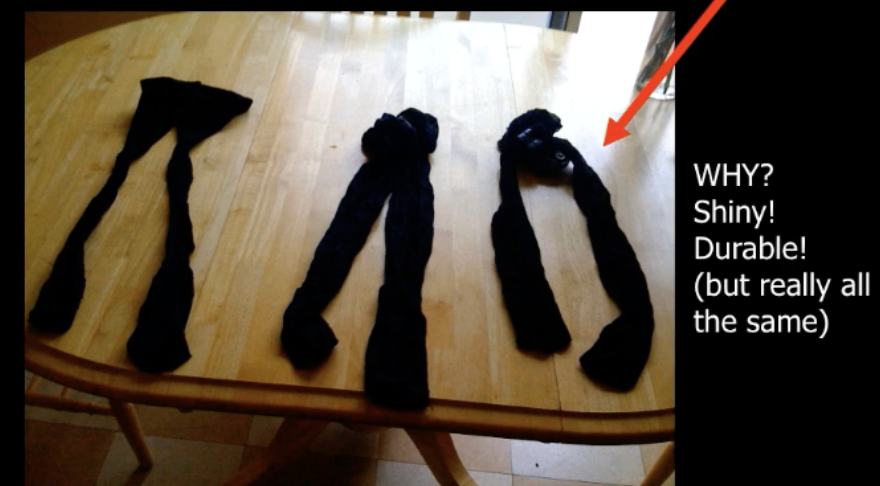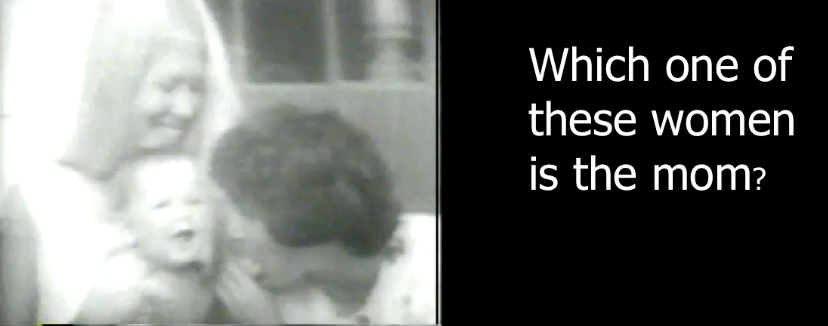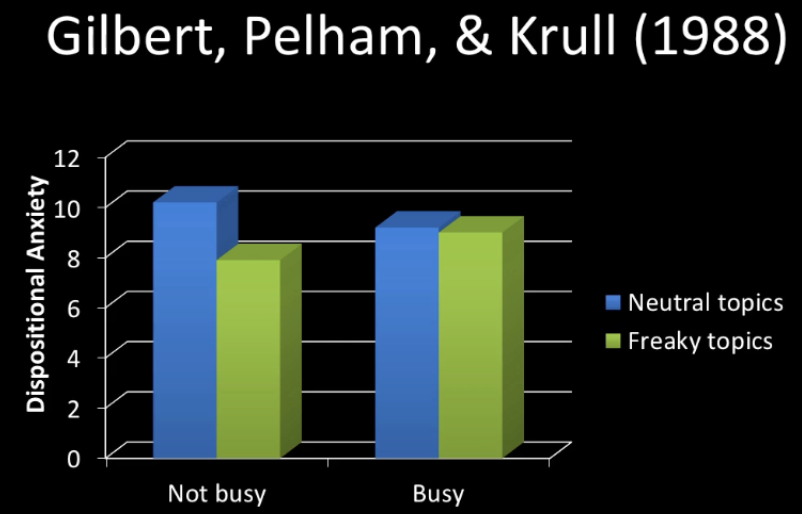Chapter 2: Barriers to self-knowledge, FAE, social perception
1/30
There's no tags or description
Looks like no tags are added yet.
Name | Mastery | Learn | Test | Matching | Spaced |
|---|
No study sessions yet.
31 Terms
Epley & Dunning (2000) Daffodil Day (Cancer fund for Cornell University)
Illustrates motivational barriers
5 weeks beforehand, psych students predict whether they’ll buy a daffodil (turns out to be 80% of them said yes, and what percentage of classmates will buy a daffodil (on avg. they predicted around 50% of their classmates will buy a daffodil).
Immediately after Daffodil Day, there were only around 40% of students bought a daffodil
Motivational barriers
Our self-knowledge can be distorted by the desire to see ourselves in a positive light.
More about they wanna LOOK GOOD, to other ppl or themselves
In the case of daffodil study, self-knowledge due to overconfidence in their own intentions and underestimating peer behavior.
Ex. Daffodil day

Nisbett & Wilson (1977) Pantyhose
Illustrates Cognitive barriers
Ask female shoppers to choose one of the 3 pairs that they like the most. They were all the same!
They chose this pair on the right. Some people said they liked this pair because they’re shiny, durable, or something else.
Possible explanation: Serial position effect: People tend to like what’s on the right more
Cognitive barriers
Our self-knowledge can be limited when we don’t have access to the information we need to make an accurate judgment.
It doesn’t matter if they wanna look good.
Ex. Pantyhose study, Kruger et al. (2005) overconfidence that ppl can interpret sarcasm text
Failures of self-knowledge have real consequences
Elderly people believe they are “above average” drivers
94% of profs believe they do “above average work”
Doctors & pilots overestimate their own abilities.
These are because of both motivational and cognitive barrier
Are they accurate about seeing themselves as “above average”
Top performers are pretty accurate or slightly underestimate the performance
The most incompetent people are the worst at recognizing their own incompetence (The more they suck at something, the more they’re unaware of how suck they are)
The same skills needed to perform well are needed to assess performance. Ex. Singing (if you’re tone-deaf, you don’t even recognize how bad at singing you are!)
2 Pathways to improving self-knowledge
Look inward (introspection) and look at your own behavior (Self-perception theory)
Introspection
Looking inward to examine your own thoughts, feelings, and motives
Often produces inaccurate answers
Can improve well-being by helping people feel as though they understand themselves
How introspection benefits your well-being (Diary study: Pennebaker, 1997)
Write 15 mins/day for 3-4 days results in:
Students visit health center less, get higher grades
Unemployed ppl get jobs faster
Why? Practice sense-making (of upsetting things while journalling. ex. I think we had a fight cuz I didn’t communicate well enough…)
Increased use of causal words (e.g.because), and insight words (e.g. understand, realized, notice) → bigger benefits
Self-perception theory (Bem, 1972)
We can infer our own thoughts and feelings by looking at our behavior
Useful when thoughts/feelings = ambiguous (prof Dunn’s Mike vs. Harry)
6 universal facial expression by Ekman & Friesen (1975)
Happiness (>82%)
Sadness
Anger
Fear (>54%)
Disgust (>44%)
Surprise
Participants were really good at identifying these facial expressions. But the accuracy rate varies like people were bad at identifying “disgust”
Other universal expressions
Contempt?
Pride? (Blind vs. normal-sighted athletes had the same expression after winning a judo match — Tracy & Matsumoto’s study)
Tracy & Matsumoto’s study: Judo match (universal expression — pride)
After judo matches, the expression of pride in response to victory shown by a sighted and congenitally blind athlete is the same! So even people that have never seen these expressions express the universal expressions!

Making complex judgment, who’s the mom?
The brunette woman is the mom. She put her hand in the baby’s mouth. We were not taught that only the mom can put her baby’s hand into her mouth, but we just know.
Power of nonverbal perception (Ambady & Rosenthal, 1993)
Undergrads watch very brief clips of 13 instructors teaching courses
3 silent 2-second clips
No other contact with these instructors
The same instructors are rated by their own students (end of semester)
Students could rate them confidently in a quick second!
Conclusions: Our brain can effortlessly and quickly make judgments
Fundamental Attribution Error (FAE)
Mistakenly believing that a behavior is due to a person’s disposition rather than the situation
Also called correspondence bias (not used in this course)
Example study: Nat’s personality (Gilber et al., 1988)
Example case: Spock (the character from Star Trek, often perceived as unemotional and rational) was perceived by ppl that the real actor really is emotionless and rational like the character he was playing as.
Nat’s personality (Gilbert et al., 1988) — research design
Example of FAE
Topics for the right-handed ppl (Neutral topics): A typical day with family, parent's occupation, and a recent purchase
Topics for the left-handed ppl (anxious provoking): A family secret, parents’ sex life, a recent failure
They manipulate the participants. Showed the same video of woman telling the stories with no sound, but each group of participants watched it with different expectation, given by the 3 topics show before playing this video.
P’s see video of women behaving anxiously
Situational constraint manipulation: Anxiety-provoking topics vs. Neutral topics
Cognitive busyness manipulation: Busy: Rehearse topics vs. Not busy: No rehearsal, look at the woman in the video with full attention
Participants are asked to rate how anxious the woman looks from 1-12
Nat’s personality (Gilbert et al., 1988) — Result
Busy condition: both groups (anxious vs. neutral topics) rated then around the same; equally relatively anxious
Not busy condition (no rehearsing topic — more rational):
People watched with freaky topics rated the woman as not too anxious, because tbh anyone would be anxious about this kind of topic like discussing their parents’ sex life (who would wanna talk about that on camera).
However people who think that the woman is talking about neutral topics rated her as being more anxious because they didn’t discuss anxiety-provoking topics.

Why does the fundamental attribution error occur?
Effortless: Making personality judgments from behavior (ex. Nat = Nervous)
Effortful: Taking situation into account (ex. Nat had to discuss her parents’ sex life, so her nervous behavior doesn’t mean much)
We study WEIRD ppl
Western
Educated
Industrialized
Rich
Democratic
People raised in Eastern cultures learn to pay attention to the social context, and less prone to FAE!
Kruger et al. (2005): Study 1 - Sarcasm over email
Participants wrote sarcastic and serious sentences over e-mail.
They predicted how well the receiver would identify sarcasm.
Result: Participants overestimated how well they can convey sarcasm. Predicted 97% accuracy, actual accuracy was 84%.
Interpretation: Evidence of egocentrism — senders assumed their tone was obvious without realizing the ambiguity.
Kruger et al. (2005): Study 2 - Email vs. voice communication
Compared e-mail communication with voice recordings.
Participants either typed or spoke the sarcastic/serious messages.
Result:
Voice communication = higher actual accuracy.
E-mail communication = more overconfidence.
Participants' confidence stayed the same across modes, even though performance differed.
Key Insight: Nonverbal cues in voice reduce ambiguity — but people underestimate how much these cues matter.
Kruger et al. (2005): Study 3 - Face-to-face vs, voice-only communication
Added two new conditions:
Face-to-face communication (with visual cues).
Voice-only communication (no visual, just audio).
Also compared strangers vs. friends communicating
Result:
Face-to-face and voice > e-mail for actual communication success.
Friends were just as overconfident as strangers.
Familiarity did not improve communication as much as expected.
Key Insight: Problem is rooted in mode of communication (lack of cues), not relationship closeness.
Kruger et al. (2005): Study 4 - Manipulating Phenomenology (Voice Recording Inconsistently)
Participants read their e-mail messages out loud, either matching or mismatching intended tone (e.g., read sarcastic messages seriously).
Result:
Reading inconsistently (sarcastic tone not matching content) reduced overconfidence.
Why? Changing how participants "heard" the message disrupted their egocentric assumption.
Key Insight: Overconfidence drops when communicators are forced to step outside their own perspective.
Kruger et al. (2005): Study 5 - Humor over email
Participants e-mailed "Deep Thoughts" jokes by Jack Handey.
Half watched a video of the jokes (with tone and timing cues), half just read the jokes.
Then they predicted how funny the jokes would seem to their partner.
Result:
Participants who watched the video thought the jokes were much funnier — and assumed the recipient (email readers) would too.
In reality, actual recipient (email readers) ratings were the same across conditions.
Key Insight: Egocentric bias: participants' richer experience (hearing tone/timing) made them overestimate how funny the written jokes would seem.
Key takeaways of Kruger et al. (2005)
Cognitive barrier and anchoring bias
Individuals tend to overestimate their ability to convey sarcasm, humor, and emotions effectively through e-mail (shows egocentrism, as people anchor their understanding on personal experiences (anchoring bias).
People overestimate how clearly they can communicate sarcasm, humor, and emotion over e-mail.
Overconfidence is stronger in e-mail > voice/face-to-face commu.
Familiarity (friends vs strangers) does NOT reduce miscommunication.
Emoticons might help A LITTLE (not strong enough), but often they’re ambiguous or underused.
Egocentrism likely affects communication in other text-based technologies like texting, instant messaging, and online chats too.
Why is Kruger’s study reflect cognitive barrier and not motivational barrier?
Cognitive barrier occurs when our self-knowledge can be limited when we don’t have access to the information we need to make an accurate judgment (just like the Pantyhose study).
Participants are lack of knowledge of how other ppl interpret their sarcasm text, which leads to overconfidence.
It’s not a motivational barrier cuz participants are not intentionally trying to mislead or exaggerate their abilities; rather, they genuinely believe their effectiveness in communication is higher than it actually is.
The professor warned them that the midterm will be very difficult. Josh sends a sarcastic text message to the whole study group afterward, saying “I’m sure this exam will be easy as pie.” Kyla, his friend is also in the group chat. Based on their research on email, Kruger and colleagues would argue that…
a. Josh will overestimate his own ability to convey his sarcasm via text.
b. Compared to the other members of the study group, Kyla would be better at detecting Josh’s sarcasm.
c. If Josh added a winky-face emoji to his text, then his study group would be better at detecting his sarcasm.
a. Josh will overestimate his own ability to convey his sarcasm via text.
Wrong answers:
b) Familiarity does not reduce miscommunication, and sarcasm is often misinterpreted in text more than voice/face-to-face
c) Emoticons don’t help much at helping others detecting sarcasm, and often get misinterpreted cuz they’re ambiguous sometimes
Billy is a child actor who plays a very mischievous character on a popular TV show. Billy just started middle school, and the teachers there have been treating him like he is mischievous, even though he’s actually a pretty average kid. What study or example is most relevant for understanding Billy’s teachers’ unfair assumption about him?
a. Ekman & Friesen’s study in which participants in the US, Brazil Chile, and other countries were asked to match emotional faces with stories
b. Tracy & Matsumoto’s study examining the expressions displayed by blind and sighted athletes following victories
c. Ambady & Rosenthal’s study in which undergraduates watched very brief, silent videoclips of teachers
d. Gilbert et al.’s study in which participants saw a woman behave nervously while she discussed various topics
e. Kruger et al.’s Study 1 in which Cornell students were asked to send both a sarcastic email and a non-sarcastic email
d. Gilbert et al.'s study in which participants saw a woman behave nervously while she discussed various topics. (Rating Nat’s anxiousness study, FAE)
Wrong answers:
a) is 6 universal facial expression, b) is the additional universal expression — pride
c) is power of non-verbal cue.
e) is anchoring bias & cognitive barrier
Dr. Dunn suggested that some groups may have answered the MOP question wrong during our first Active Learning Session because they relied on a common heuristic. Which of the following studies or examples illustrates the same type of heuristic?
a. The study in which people recalled 6 or 12 times they behaved assertively.
b. The study in which German judges read about a shoplifting case.
c. The study in which men were approached by a female experimenter on a stable or shaky bridge.
d. The study in which people judged whether personality descriptions belonged to engineers or lawyers.
e. The study in which Cornell students were asked to send both a sarcastic email and a non-sarcastic email (Study 1 in the Krueger et al reading).
MOP was availability heuristic!
a) recall 6/12 times is correct. It’s also availability heuristic
b) german judge study is anchoring bias
c) is unrelated
d) engineer vs. lawyer is representative heuristic
e) Kruger’s sarcastic email study is cognitive barrier
The professor just graded the exams. Ava got a 90, Becca got an 81, Callie got a 72, and Dena got a 59. Who do you think overestimated their own score the MOST?
a. Ava
b. Becca
c. Callie
d. Dena
Dena, as students with lower grades often overestimate their performance.
Because Top performers are pretty accurate or slightly underestimate the performance (Ava and Becca. They’d predict it accurately/underestimate).
The most incompetent people are the worst at recognizing their own incompetence → lowest grade = at MOST risk of overestimating themselves (Dena got worst grade).
Your friend Iris grew up in Texas. She always imagined that she would return to her home in Texas after graduating. But recently, she’s beginning to consider staying in Canada. She’s noticed that she goes back to Texas for as little time as possible during summer vacation, and that she breaks out into an uncontrollable smile when she lands back in Vancouver. Which of the following theories/research could help her decide?
a. Bem’s self-perception theory
b. Nisbett & Wilson’s pantyhose study
c. Pennebaker’s research on expressive writing
d. Rosenthal’s research on self-fulfilling prophecies
a) Self-perception theory is correct. Looking at your own behavior and make a decision when your feelings are ambiguous
b) is cognitive barrier
c) Pennebaker’s journaling is introspection (sense-making)
d) This question is not about self-fulfilling prophecy